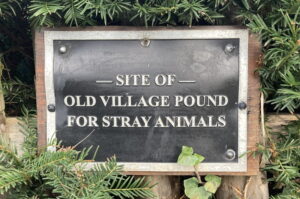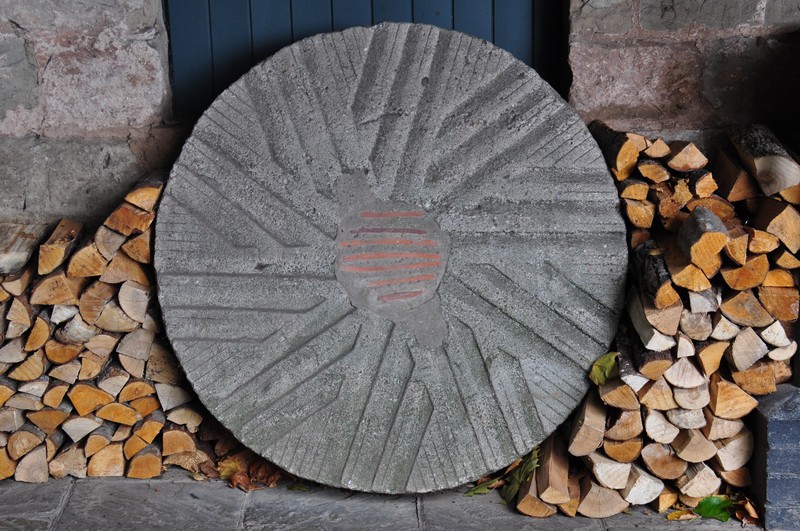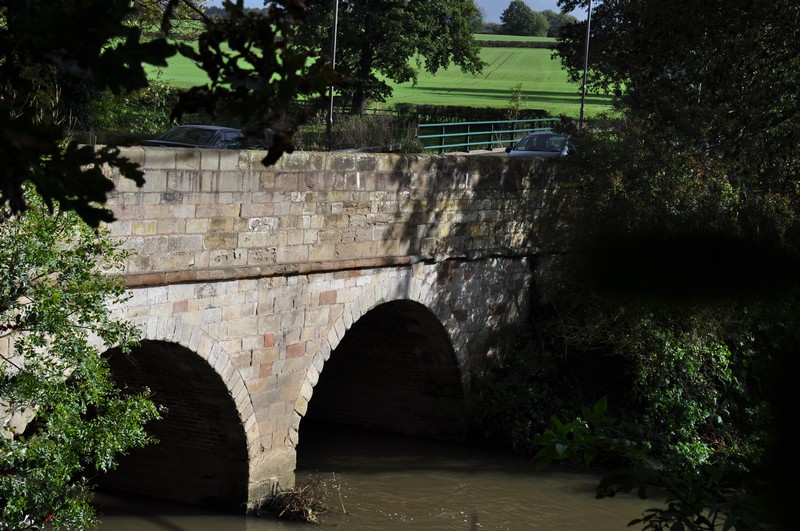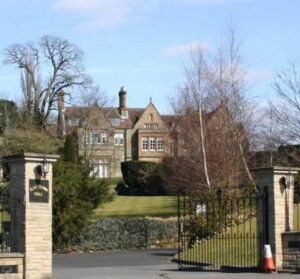Heritage
1. Site of Medieval Village

Archaeologists have found flint tools, a possible prehistoric sherd and a Roman British coin dating from the 3rd century A.D. in the fields in Old Milverton. There is also an old cropmark and a Bronze Age ring ditch within the Parish. Milverton is recorded in the Domesday Book (1066) as Malvertone.
2. Guys Cliffe House

The stone chapel was built in 1430 A.D. by Richard Beauchamp, Earl of Warwick. A Tudor framed house was then constructed, which was replaced by Samuel Greathead by a new house, in the style of a Palladian mansion, around 1751. Guys Cliffe House had a significant influence on the surrounding area and in particular the hamlet of Old Milverton where estate workers lived. The gardens are now a site of Special Scientific Interest.
3. Church of St James the Great

The church may have Saxon origins but it is known that the Norman construction was rebuilt in its present form in 1879/80. It is Grade II listed. Vera Brittain, writer, feminist and pacifist, is buried in the church yard as is Henry Jephson, who promoted the therapeutic benefits of Leamington Spa water and was instrumental in that town’s initial success.
4. Village Hall

The village hall (officially the ‘Parish Room’) was provided by the Heber-Percy estate for the benefit of the social life of the village and village people, most of who worked directly for the estate or indirectly for tenant farmers in the Parish of Old Milverton. The hall has been used as a school room and a reading room and is currently home to a Montessori nursery as well as being in regular use for social occasions.
5. Tithe Barn

The timber-framed barn’s construction dates back to the 17th century. It is a listed building for its special architectural and historic interest. A sign on the outside proclaims ‘Man Traps and Spring Guns on theife Premifes’.
6. Village Pound

The pound (or pinfold) was created as a place where straying animals could be locked up until their owners paid a fine for their release. It was originally situated close to the village well on Old Milverton road and is a relic of the pre-enclosure days and the lax approach to the containment of farm livestock.
7. The Village Pump

Mains water came late to Old Milverton, so villagers had to rely on their own wells and roof water collection cisterns. Those without such systems had to use the communal wells situated on Old Milverton road and at the village hall.
8. Parkhouse Farm

A Grade II listed farm house built in the mid-18th century in sandstone ashlar.
9. Saxon Mill

The Saxon Mill lies just outside the parish boundary and is Old Milverton’s closest public house. In the 12th century it was known as Gibbeclive Mill. Until the Dissolution of the Monasteries it was the property of St Mary’s Abbey and the Augustinian Canons. It was rebuilt in 1822 as a working mill and operated until 1938. It was part of Guys Cliffe Estate and known as Guys Mill. In 1952 it was converted into a restaurant and bar.
10. Blackdown Mill

This Grade II listed building was built in the 18th century and has 19th century additions.
11. Avon Valley Viaduct

The viaduct was constructed in 19th century as a key part of the Leamington to Coventry railway line. It is a magnificent utilitarian structure which has become a greatly appreciated part of the landscape of the Avon Valley.
12. Chesford Bridge

This bridge on the Kenilworth Road crosses the River Avon. It was built in the 18th century from sandstone ashlar and is Grade II listed.
13. Blackdown Manor

This manor house is listed for its special architectural and historic interest. It was built in the early 17th century and remodelled in the early to mid 19th century. Originally it was timber-framed but was largely rebuilt in sandstone ashlar.
14. Stone Seat

Installed on the small green in Old Milverton to celebrate Queen Victoria’s Diamond Jubilee.
